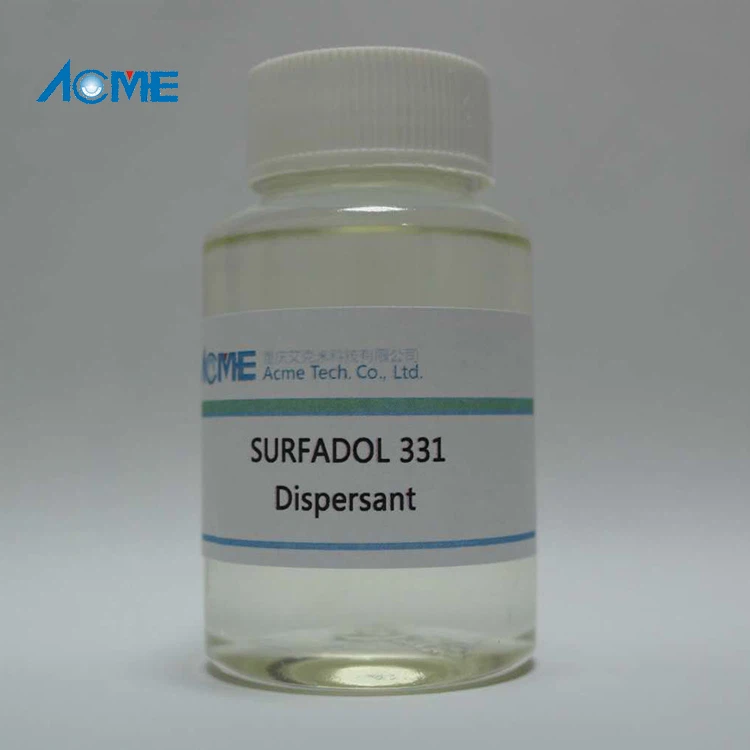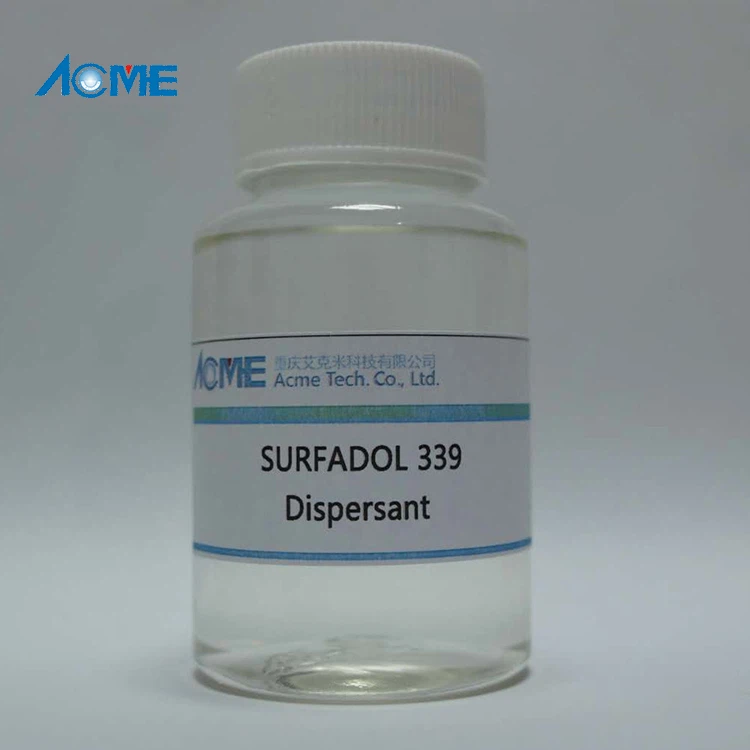How to choose the right additives for inkjet inks?
Sep 17, 2025
When it comes to the world of inkjet printing, the quality of the final output is significantly influenced by the ink used. However, what many overlook is the crucial role that additives play in enhancing the performance of inkjet inks. As a trusted supplier of Additives for Inkjet Inks, I understand the complexities involved in choosing the right additives. In this blog, I'll share some insights on how to make that critical decision.
Understanding the Role of Additives in Inkjet Inks
Inkjet inks are complex formulations, and additives are like the secret ingredients that fine - tune their properties. They can improve various aspects such as viscosity, surface tension, drying time, and color stability. Different types of additives serve different purposes, and understanding these functions is the first step in choosing the right ones.
Viscosity Modifiers
Viscosity is a key factor in inkjet printing. If the ink is too viscous, it may clog the print head, leading to inconsistent printing or even complete failure. On the other hand, if the ink is too thin, it may spread uncontrollably on the printing surface, resulting in poor image quality. Viscosity modifiers help to adjust the ink's flow characteristics to ensure smooth and accurate printing. For example, some polymers can be added to increase the viscosity of the ink, while solvents can be used to decrease it.
Surface Tension Additives
Surface tension affects how the ink spreads and wets the printing surface. Low surface tension additives, such as Inkjet Additive, allow the ink to spread evenly and form a uniform layer on the substrate. This is particularly important for printing on non - porous materials like plastics or glass, where the ink may otherwise bead up. By reducing the surface tension, these additives ensure that the ink adheres well to the surface, resulting in sharp and clear prints.
Drying Agents
Drying time is another critical factor, especially in high - speed printing applications. Drying agents accelerate the evaporation of solvents in the ink, allowing the print to dry quickly. This not only improves productivity but also prevents smudging and smearing. Some drying agents work by increasing the volatility of the solvents, while others promote chemical reactions that lead to faster drying.
Defoamers
Foaming can be a major problem in inkjet inks, especially during the manufacturing process or when the ink is agitated. Foam can cause air bubbles to form in the ink, which can lead to print defects such as white spots or uneven color distribution. Water - based Adhesive Defoamer is designed to break down and prevent the formation of foam, ensuring a smooth and bubble - free ink flow.
Color Stabilizers
Color stability is essential for maintaining the integrity of the printed image over time. Color stabilizers protect the pigments in the ink from fading or changing color due to exposure to light, heat, or chemicals. They work by preventing oxidation and other chemical reactions that can degrade the pigments. This is particularly important for outdoor signage or printed materials that need to withstand harsh environmental conditions.
Factors to Consider When Choosing Additives
Now that we understand the different types of additives and their functions, let's discuss the factors to consider when choosing the right additives for your inkjet inks.
Compatibility with the Ink System
The first and most important factor is compatibility. The additives must be compatible with the base ink formulation, including the solvents, pigments, and resins. Incompatible additives can cause phase separation, precipitation, or other chemical reactions that can ruin the ink. Before adding any additive, it's essential to conduct compatibility tests to ensure that the ink's performance and stability are not compromised.
Printing Substrate
The type of printing substrate also plays a significant role in additive selection. Different substrates have different surface properties, such as porosity, roughness, and chemical composition. For example, printing on paper requires different additives than printing on plastic or metal. Additives that work well on porous substrates may not be suitable for non - porous ones, and vice versa. It's important to choose additives that are specifically formulated for the substrate you'll be using.
Printing Application
The intended printing application is another crucial factor. Different printing processes, such as desktop printing, industrial printing, or textile printing, have different requirements. For example, industrial printing often requires high - speed drying and excellent adhesion, while textile printing may require additives that are safe for use on fabrics and do not cause color bleeding. Consider the specific needs of your printing application when choosing additives.
Regulatory Requirements
Regulatory requirements vary depending on the region and the end - use of the printed product. Some additives may contain chemicals that are restricted or prohibited in certain applications or countries. It's important to ensure that the additives you choose comply with all relevant regulations, such as environmental, health, and safety standards. This will help you avoid legal issues and ensure the quality and safety of your printed products.
Cost - Effectiveness
Finally, cost - effectiveness is an important consideration. While high - quality additives can improve the performance of your inkjet inks, they also come at a cost. It's important to find a balance between the cost of the additives and the benefits they provide. Consider the long - term savings in terms of improved productivity, reduced waste, and better print quality when evaluating the cost - effectiveness of different additives.
Our Product Offerings
As a leading supplier of Additives for Inkjet Inks, we offer a wide range of high - quality additives to meet the diverse needs of our customers. Our Superior Surfactants for Inkjet Inks are designed to provide excellent surface wetting and spreading properties, ensuring sharp and clear prints on a variety of substrates. Our defoamers effectively eliminate foam, preventing print defects and improving the overall quality of the ink.


We also offer viscosity modifiers, drying agents, and color stabilizers that are carefully formulated to be compatible with different ink systems and printing applications. Our team of experts is always available to provide technical support and advice on choosing the right additives for your specific needs.
Conclusion
Choosing the right additives for inkjet inks is a complex but crucial decision that can significantly impact the quality and performance of your printed products. By understanding the different types of additives, considering the factors mentioned above, and partnering with a reliable supplier, you can ensure that you select the additives that are best suited for your inkjet inks.
If you're interested in learning more about our Additives for Inkjet Inks or have any questions about choosing the right additives for your specific application, we invite you to contact us. Our team is eager to assist you in finding the perfect additive solutions for your inkjet printing needs. Let's work together to achieve the best possible results in your printing projects.
References
- "Inkjet Printing Technology: Principles and Practice" by H. P. Stevens
- "Handbook of Printing Ink Formulations" by John Wiley & Sons
- Industry research reports on inkjet ink additives
